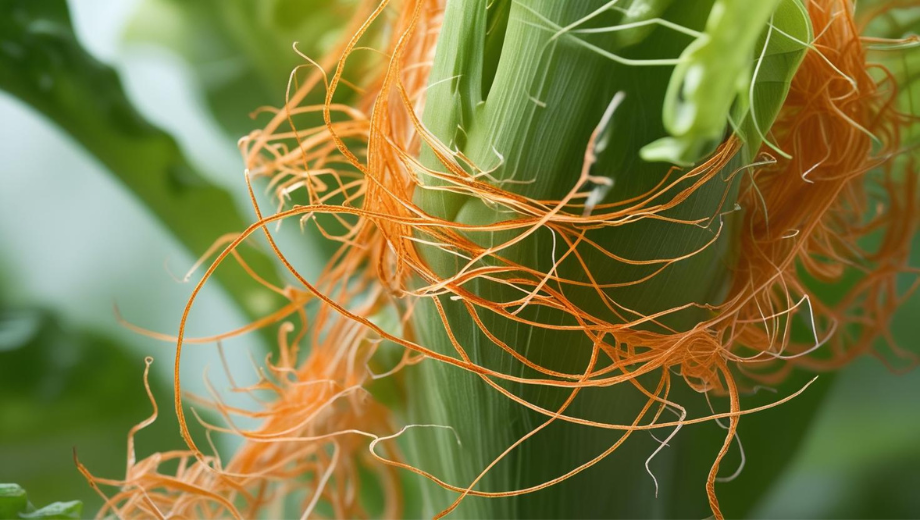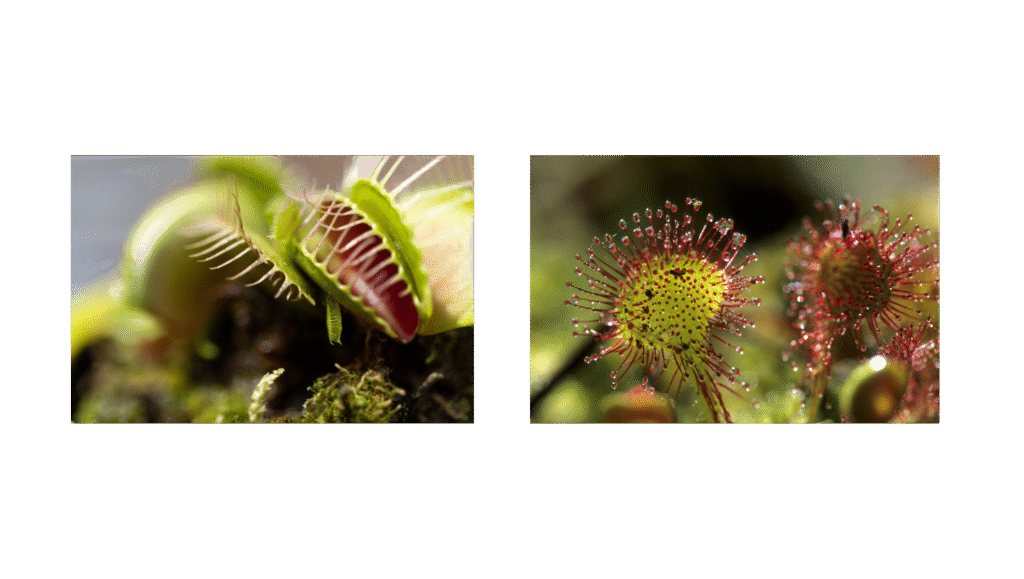Other Modes Of Nutrition In Plants
Key Notes :
Introduction to Modes of Nutrition:

- Plants primarily use photosynthesis to make food, which is autotrophic nutrition.
- However, some plants adopt other modes of nutrition to survive in specific environments.
Types of Non-Autotrophic Nutrition:

Parasitic Nutrition:
- Some plants, called parasites, derive nutrients from other living plants (hosts).
- Examples: Cuscuta (Dodder) lacks chlorophyll and depends entirely on the host plant for food.

Saprotrophic Nutrition:

- Plants, known as saprophytes, feed on decaying organic matter.
- They release enzymes to decompose dead matter and absorb nutrients.
- Example: Monotropa (Indian pipe).

Insectivorous Nutrition:

- Some plants trap and digest insects to fulfill their nutrient requirements, especially nitrogen.
- Examples: Pitcher plant, Venus flytrap, and Sundew.

Symbiotic Nutrition:
- Involves a mutually beneficial relationship between two organisms.
- Example: Lichens (a combination of algae and fungi) – algae provide food through photosynthesis, and fungi provide water and minerals.

Epiphytic Nutrition:
- Epiphytes grow on other plants for support but do not harm the host.
- They absorb moisture and nutrients from the air and rain.
- Example: Orchids.

Importance of Alternative Nutrition:
- Helps plants survive in nutrient-deficient environments.
- Showcases the diverse adaptations in the plant kingdom.
Adaptations of Non-Autotrophic Plants:
- Specialized structures like pitchers, sticky leaves, or haustoria (sucking roots) for nutrient absorption.
- Absence or reduction of chlorophyll in some plants (e.g., parasites).
Significance in Ecosystems:

- Maintain ecological balance by decomposing organic matter (saprophytes).
- Contribute to biodiversity and food chains.
Comparison with Autotrophic Plants:
- Autotrophs create their own food, while non-autotrophic plants rely on external sources.
Let’s practice!

